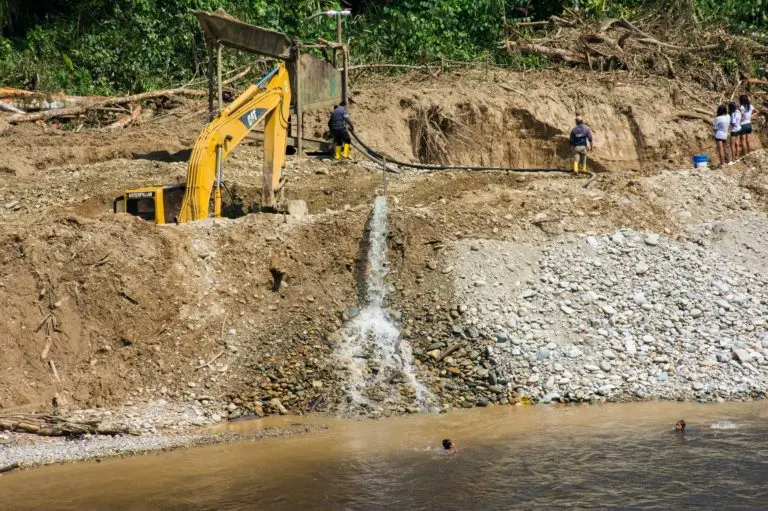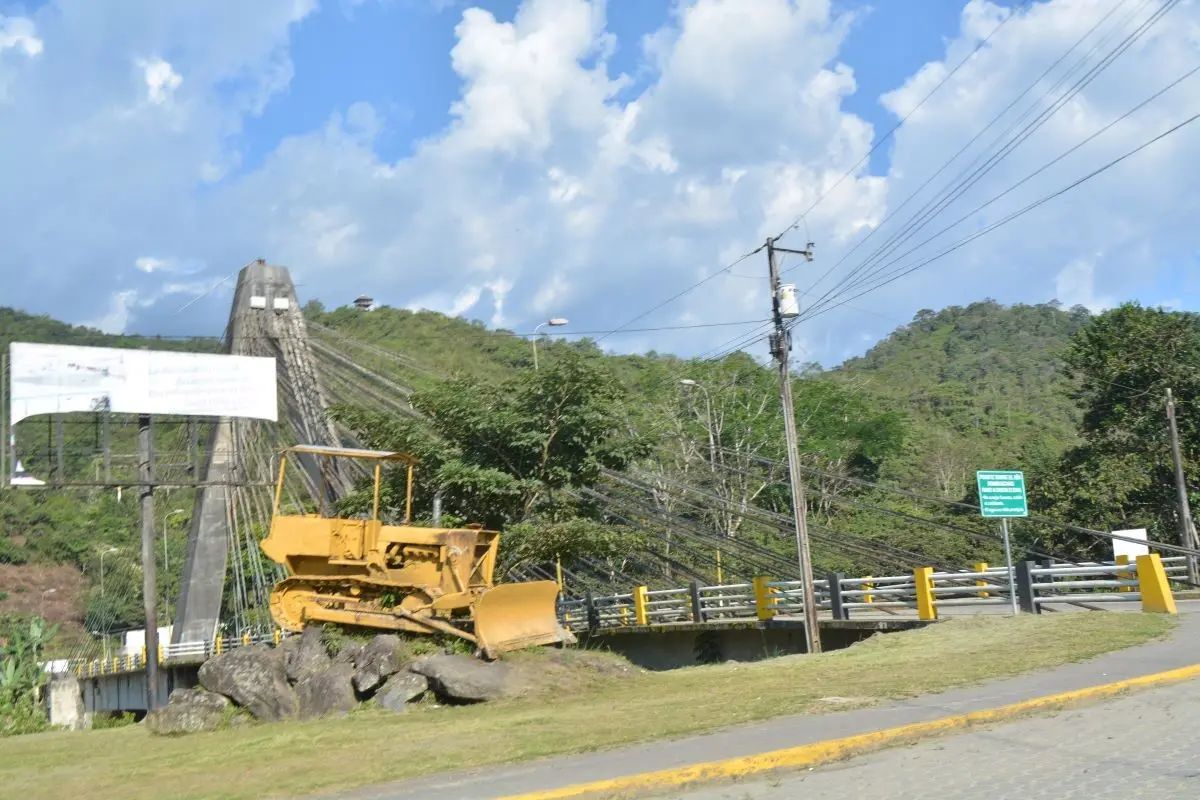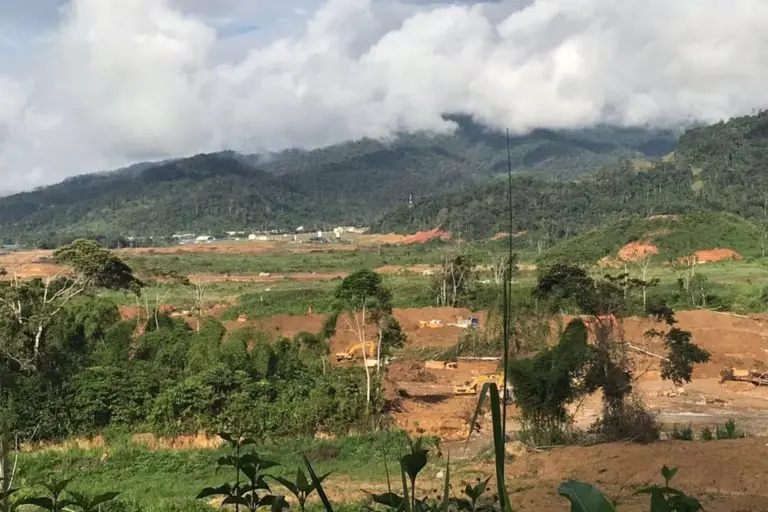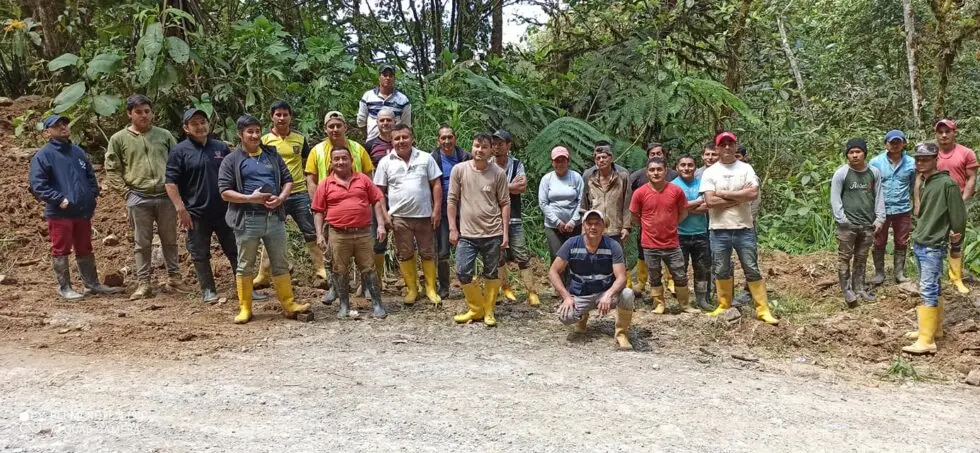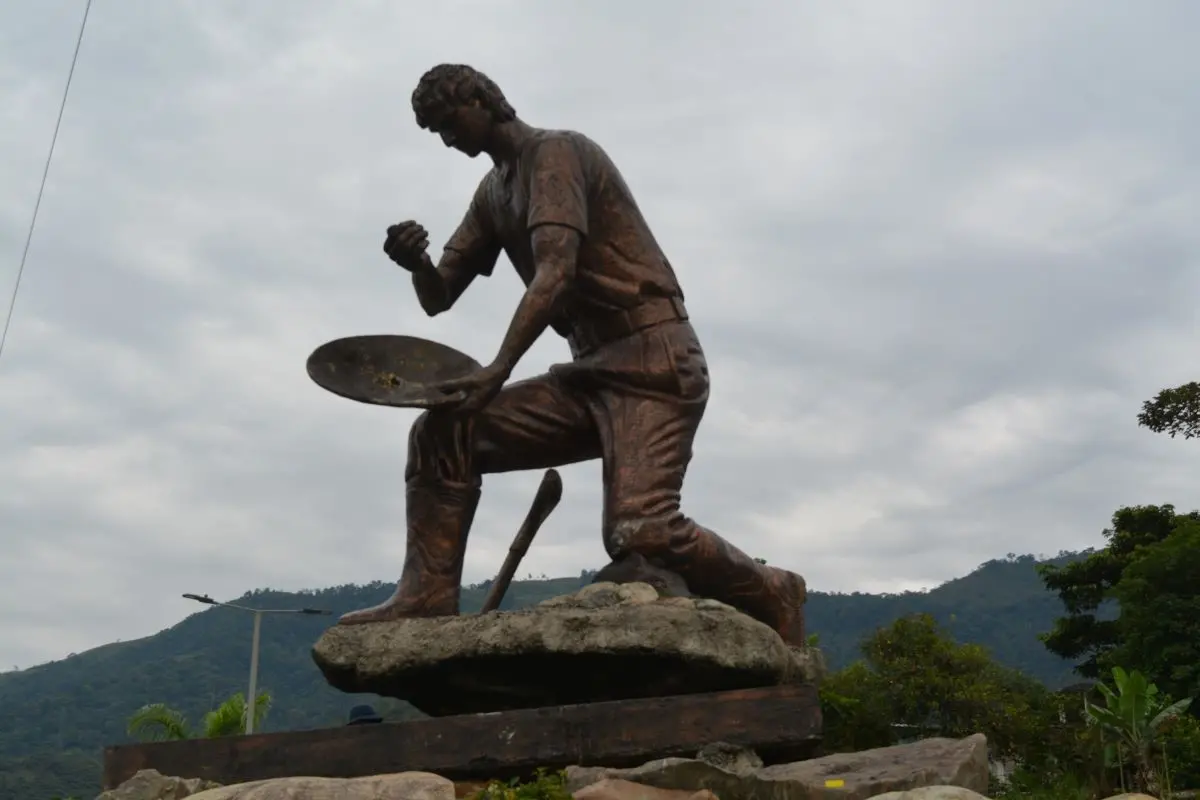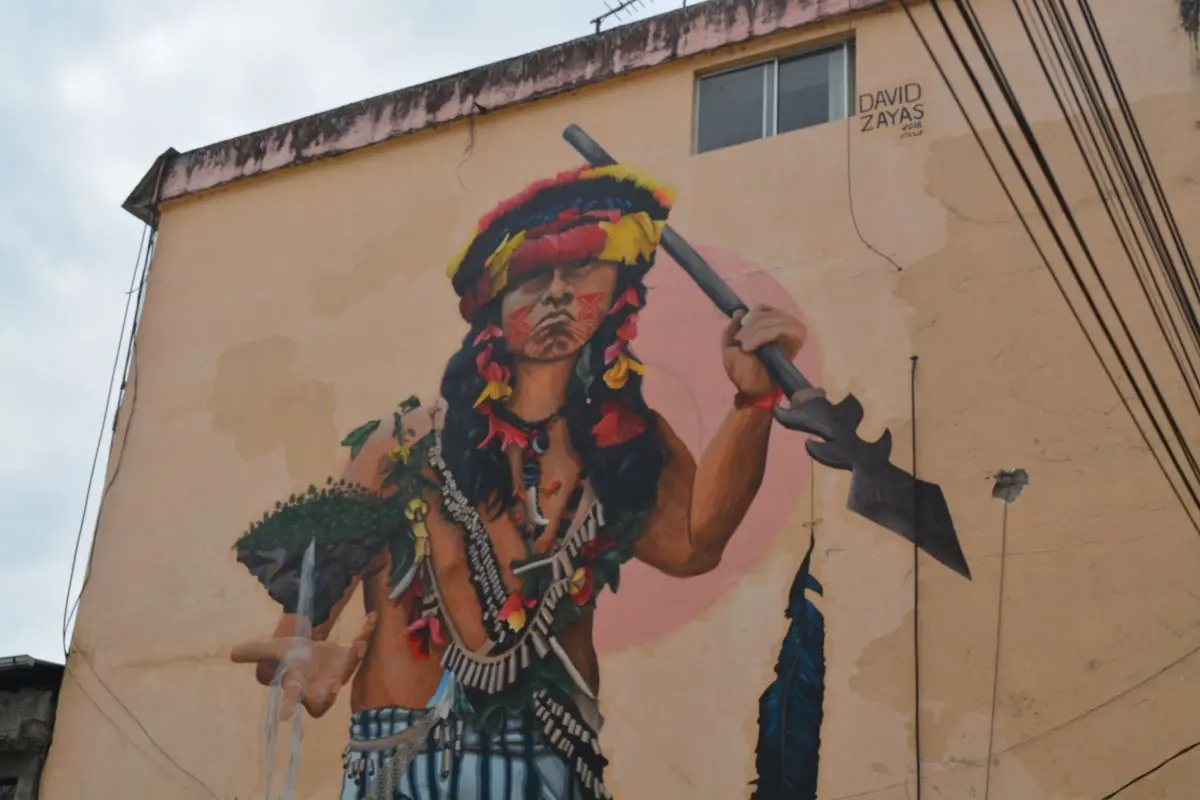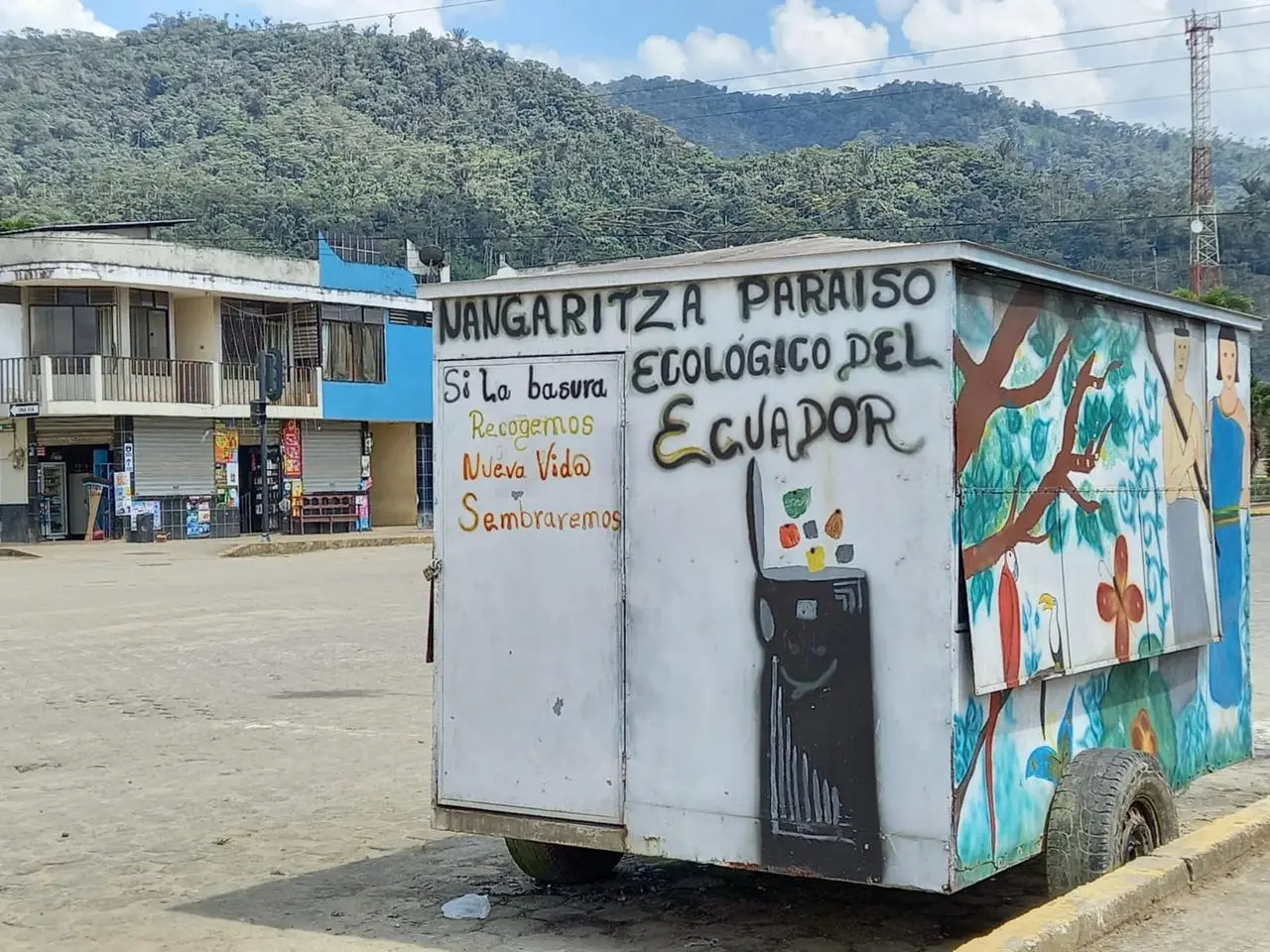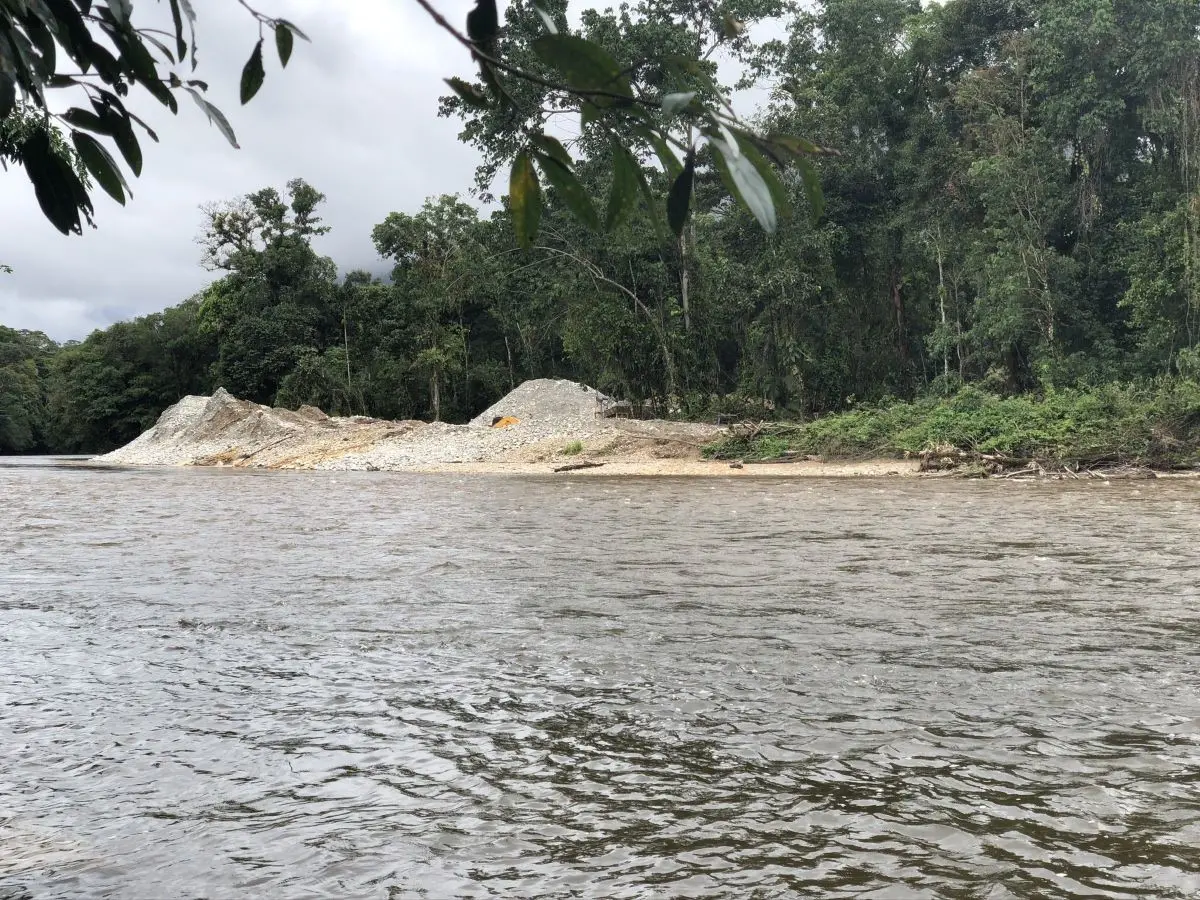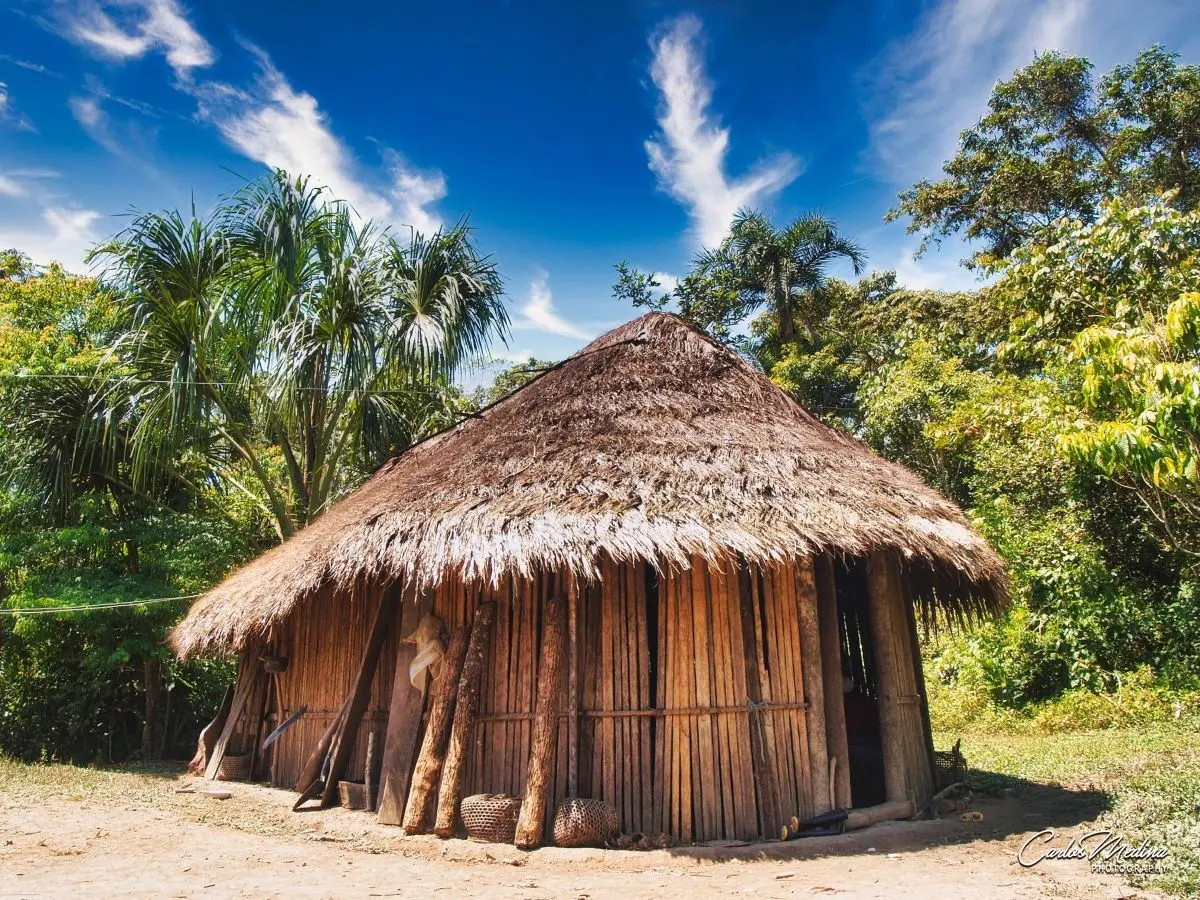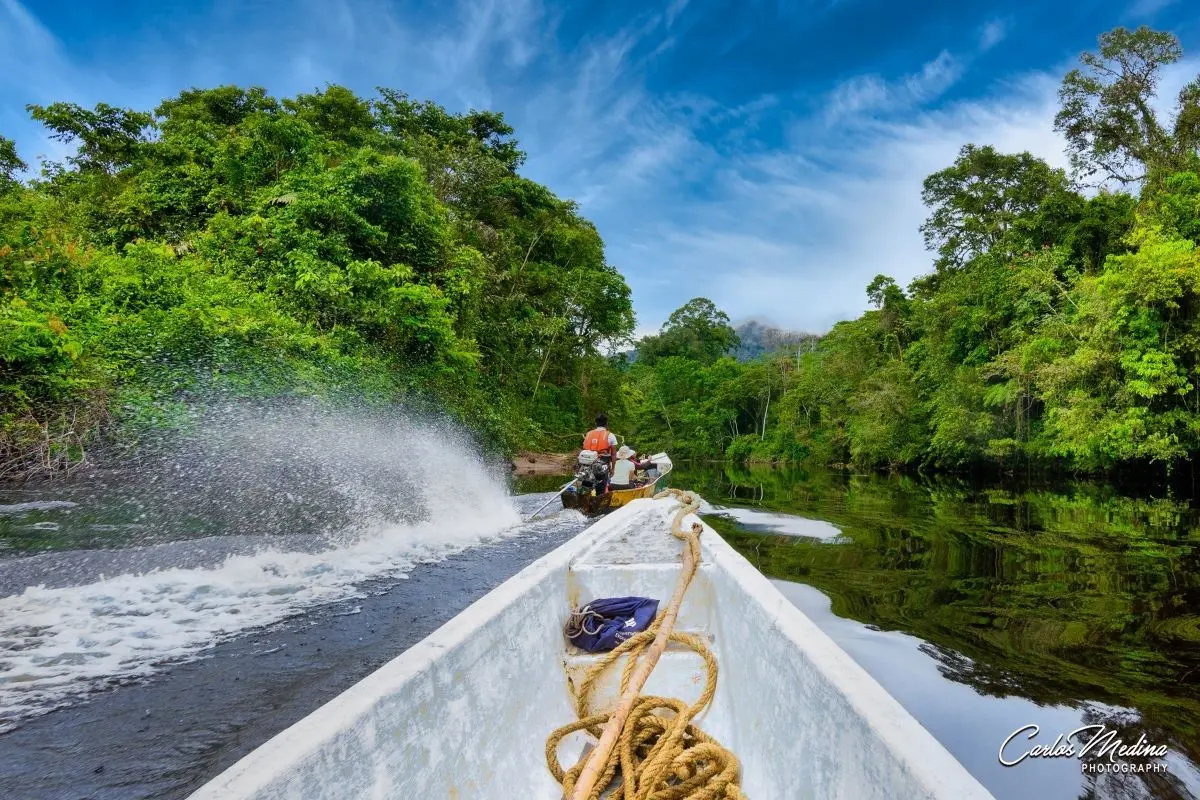This story excerpt was translated from Spanish. To read the original story in full, visit La Barra Espaciadora. You may also view the original story on the Rainforest Journalism Fund website here. Our website is available in English, Spanish, bahasa Indonesia, French, and Portuguese.
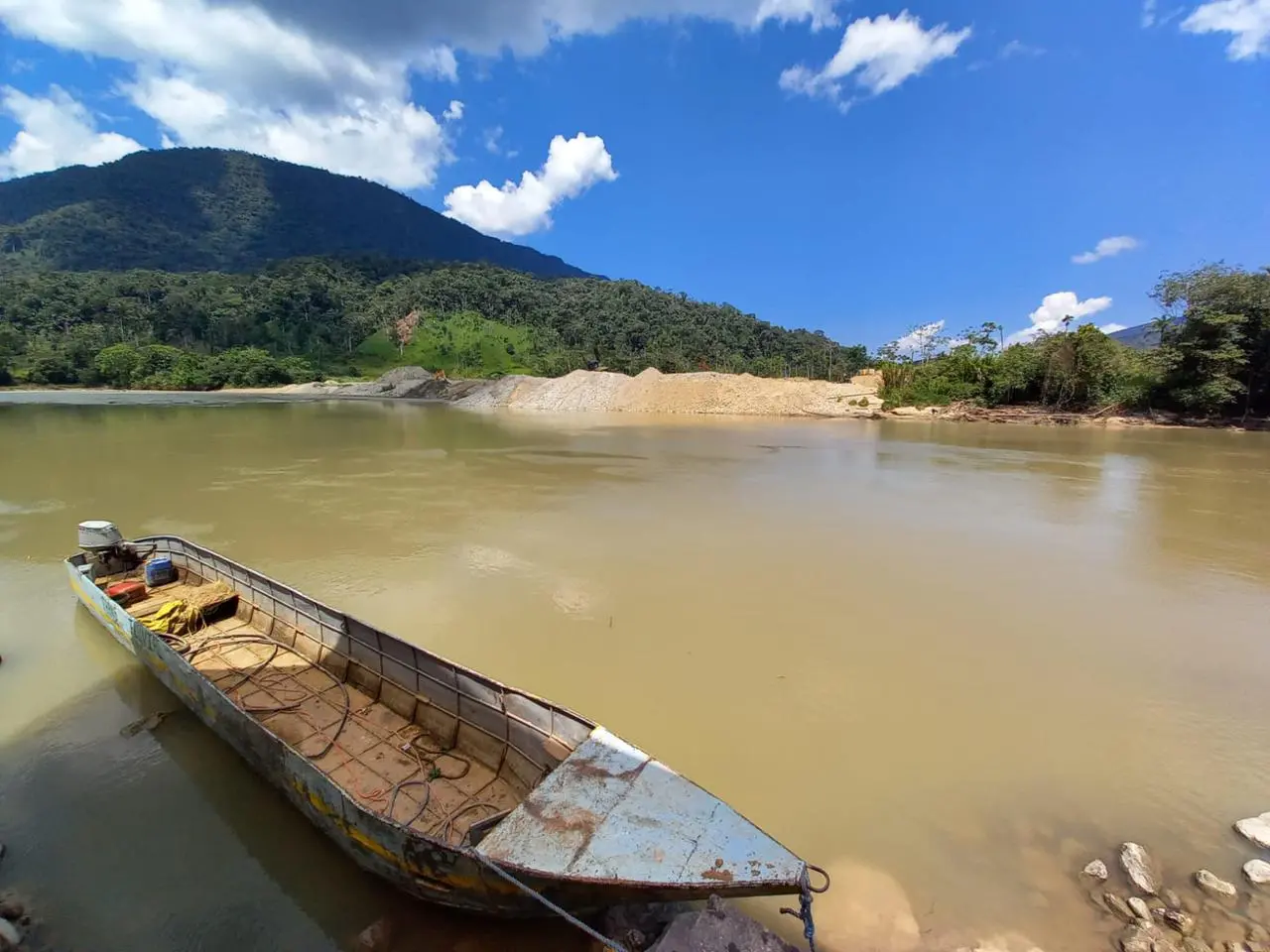
Zamora Chinchipe is home to Condor Mirador and Fruta del Norte, the two megaprojects with which Ecuador inaugurated large-scale mining. Between January and September 2021, 50% of the country's income from this activity came from that province, but in exchange, the Alto Nangaritza —the last forested connection bridge between the Andes and the Amazon— succumbed to legal and illegal mining. In addition, part of the Shuar nationality found no other option to improve their quality of life than to look for gold.
"In the Cordillera there are large reserves of gold, copper, silver and many other minerals; perhaps that is why someone often repeated that the Indigenous people are 'beggars sitting on a sack of gold.' What that person was not able to understand is that their real wealth is not under the ground, but above it, in the forests and in their biodiversity."
Paúl Palacios, environmental engineer.
Postcards That Cannot Be Seen
The road that connects the provinces of Loja and Zamora Chinchipe is a succession of esses surrounded by lush, very green mountains. Near the city of Zamora there are signs welcoming you to the "land of waterfalls and birds." And of course, there are birds flitting around. There is a river that accompanies the road and enters the city. There is a boardwalk that overlooks the noisiest and most touristic avenue of this Amazonian city located in southern Ecuador. These postcard scenes are, more or less, what travelers expect to find when they think of the Ecuadorian Amazon.
But there are scenes that break the idyll. Five minutes from the boardwalk by car is the Redondel del Minero, a monument about five meters high that shows the figure of a man with a helmet and boots, holding in his hands a pan to wash gold. The statue is so well done that the skin looks as if the tropical heat has toasted it. The miner looks out over the Zamora River and the Podocarpus National Park, a 146,280 hectare protected area that is home to unique bird species and a complex of more than a hundred lagoons. It even looks as if the giant miner is bowing to them.
